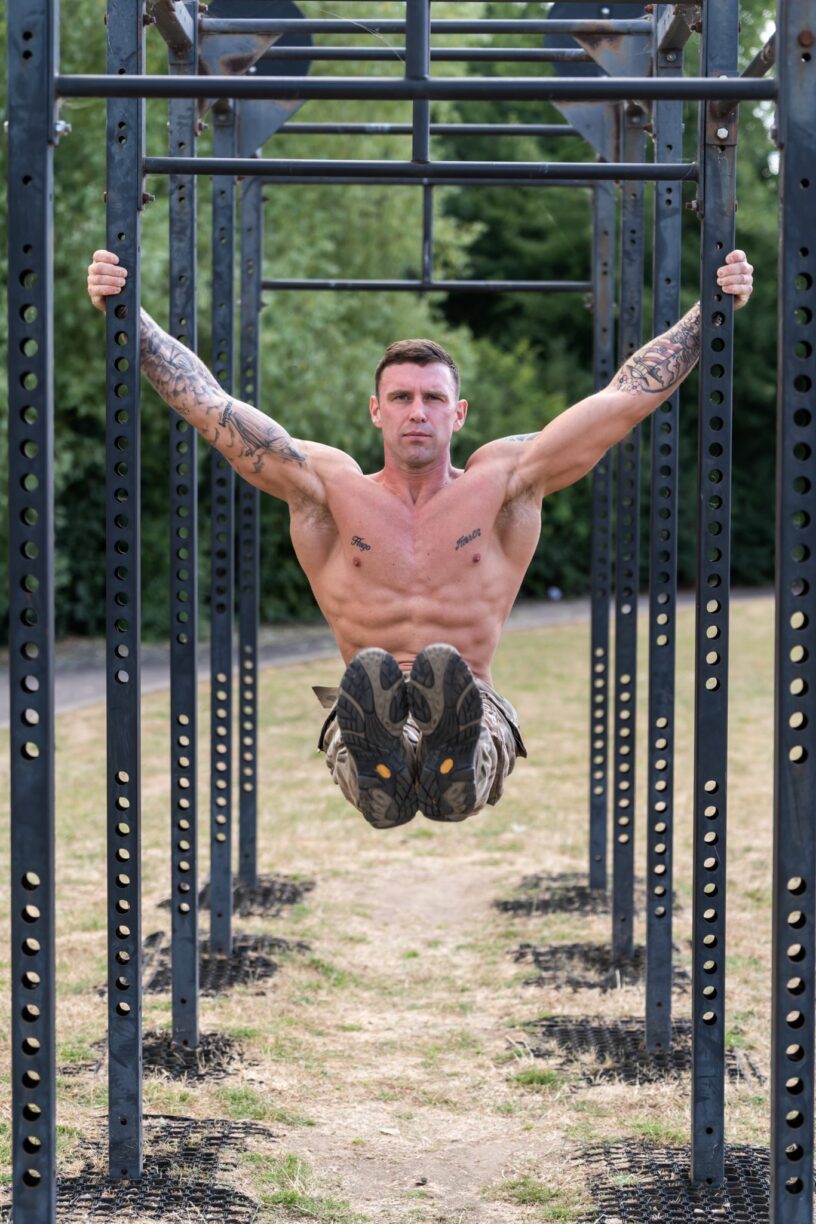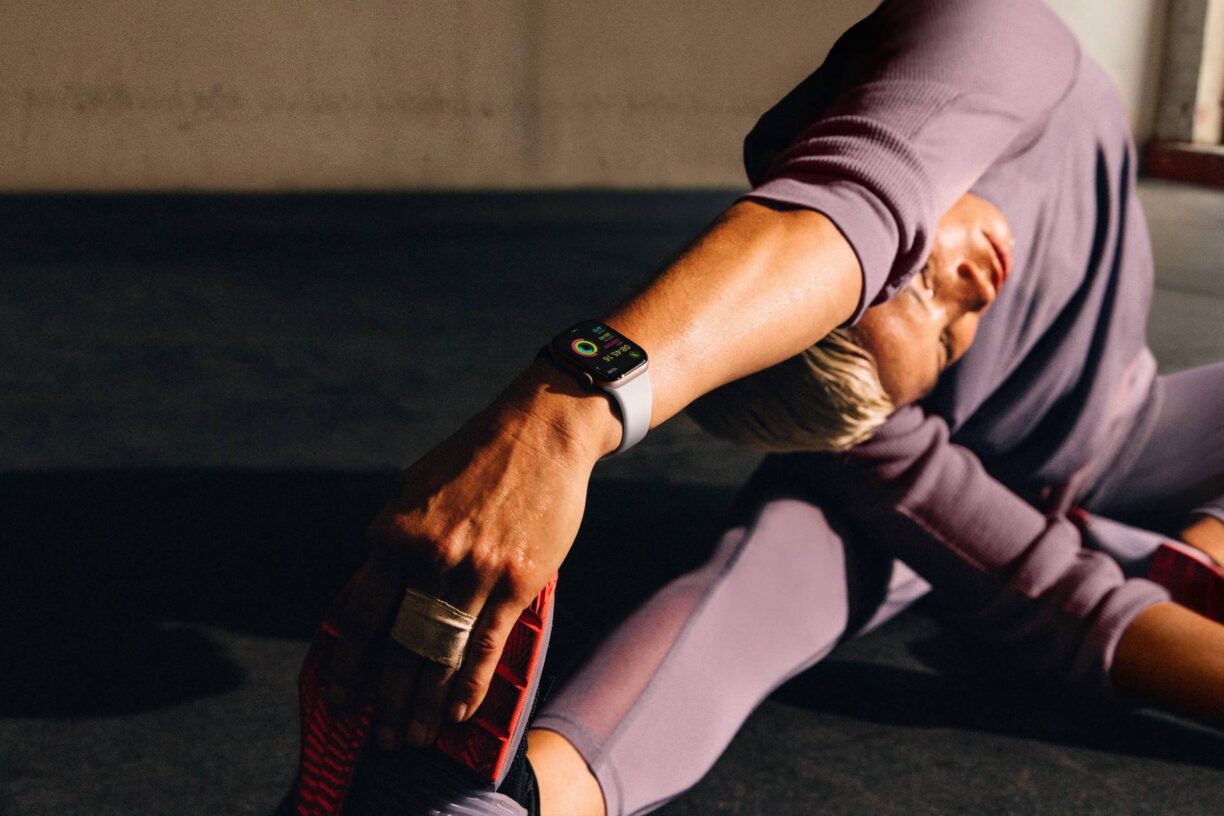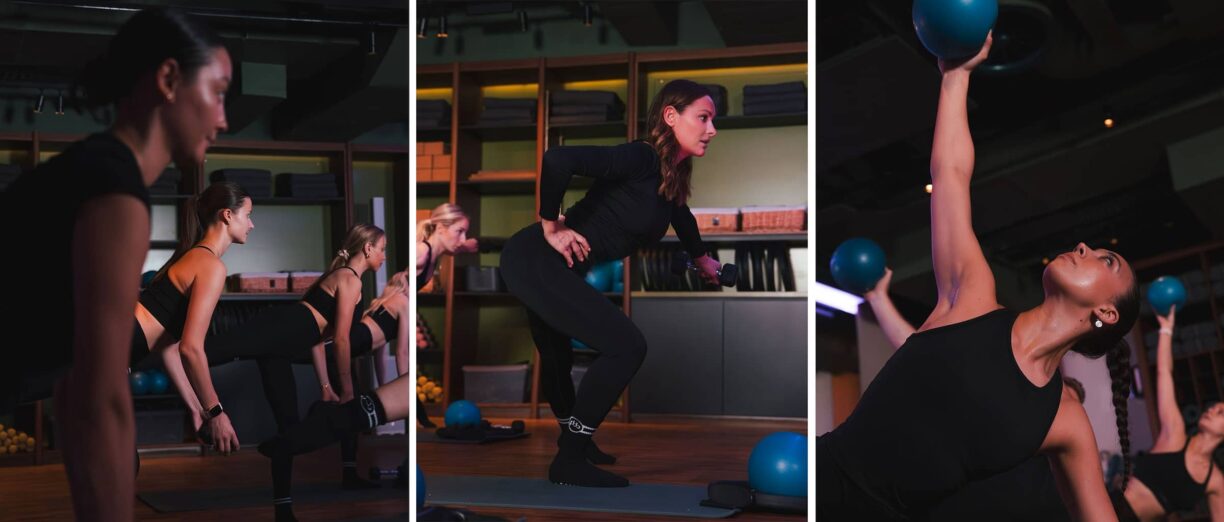Though there are similarities between regular Athletes and Tactical Athletes, there are differences that separate the two groups.
Workout plans are capable of targeting one or all four aspects of fitness:
1. Endurance & Speed
2. Power & Strength
3. Mobility & Flexibility
4. Muscular Stamina
Athletes focus on developing their skills to fully master one or two of these areas that will contribute to their athletic performance as they carry out their sport, but being a Tactical Athlete requires you to be proficient in all four fitness areas.

While the fitness plan conducted by athletes may provide them with certain advantages, the majority of their training does not translate into real-life movements that impact your daily life like lifting, crawling, carrying, rucking, swimming, running, etc.
Tactical Fitness training also includes mental conditioning drills designed to challenge your mental fitness, creative thinking, and analytical skills.
Those who choose the path of a Tactical Athlete will also be required to carry non-traditional equipment that isn’t even balanced, which would translate to working on the field as a uniformed service member and lifting large volumes of rubble for endless hours.

For the Tactical Athlete, it doesn’t just come down to strength or speed. You need to be all-rounded if you want to be successful.
Another significant difference is that Tactical Athletes, unlike Athletes, don’t have off-seasons that allow you to relax from your training and pack on extra pounds.
Tactical Athletes constantly focus on improving their fitness levels and establishing a healthy lifestyle. If you’re on the job as a Police Officer or Firefighter, physically preparing for an incident or emergency will be vital to saving lives in life-threatening scenarios.
For us military members, we train so that we’re fully prepared for when we have to deploy. Once deployed, we have to consistently face life-threatening scenarios for six months to years and perform at our best without rest because our performance impacts our likelihood of survival.
Tactical Athletes need to say fit all year round. The burden of consistently remaining fit has proven to be a significant challenge for many Tactical Athletes, especially when the average age of Tactical Athletes is older than regular Athletes.
Finding a sustainable and balanced fitness plan is essential to a long-lasting career because if you overexert yourself and get injured, you may not get paid.
For this reason, how you conduct your drills and training is crucial, and if you perform your workouts effectively, it can support your muscles and bone density to decrease the likelihood of an injury.
Though the similarities and mindsets of both types of Athletes may be similar, Tactical Athletes focus on the long game regarding their training instead of muscle gains, weight loss, or aesthetics.
If you intend to become a Tactical Athlete and want a successful career that spans decades, you have to set achievable goals that support your long-term vision. Patience with your progress and developing your sustainable fitness plan will equip you with the tools to excel in the field as a uniformed service member.





